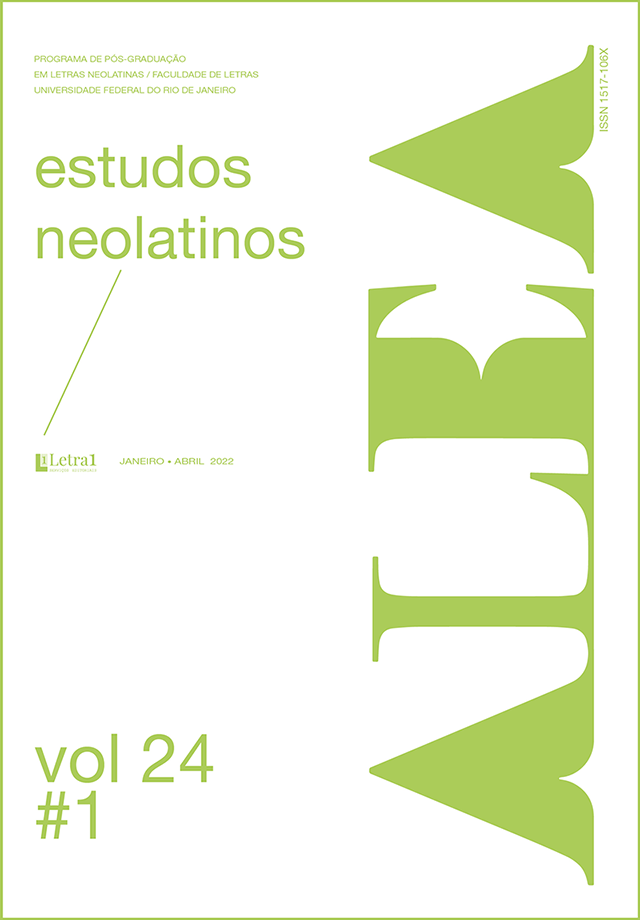L’ecriture du bonheur dans le fil de soie (soi) de Michele Gazier : la fusion des ames sœurs
DOI:
https://doi.org/10.1590/1517-106X/202224102Abstract
Le Fil de soie de Michèle Gazier est un ouvrage ambitieux, il est conçu dans un style féerique aussi bien que fantastique, tout en maintenant un cadre réel. Sur fond d’histoire de la haute couture, le mystère d’une histoire d’amour se dévoile en une variation sur le mythe de Narcisse à travers un récit intrigant. Gazier interroge la fragilité et la discontinuité du bonheur. Le récit s’élabore à travers des « images » et des mots mis en scène dans un environnement féerique. Ce travail s’intéresse à la façon dont Gazier explore et dresse le parcours du bonheur d’un couple exceptionnel. Autrement dit, à la relation entre le récit et la manière originale dont les idées du bonheur y sont traitées. S’attacher à la figuration du bonheur tel qu’il se construit dans ce roman engage une double interrogation : Comment, sur le plan stylistique, les caractéristiques fantastiques telles qu’elles s’inscrivent dans le récit révèlent-elles des aspects d’expression du bonheur par l’écriture ? Et comment, sur le plan diégétique, se construit une identité sans frontières, qui efface les différences entre deux êtres amoureux ?
Downloads
Published
Issue
Section
License
THE AUTHOR/S confirm/s his, her or their participation in all stages of work preparation: 1) Conception, project, bibliographical research, analysis and interpretation of data; 2) Writing and reviewing the manuscript; 3) Approval of the final version of the manuscript for publication; 4) Responsibility for all aspects of the work and guarantee for the accuracy and integrity of any part of the work. The submission of works implies the immediate cession, without onus, by all authors, of publication rights to the journal Alea, licensed under CC BY (https://creativecommons.org/licenses/by/4.0/). The authors are fully responsible for the content of the article and continue to hold all copyrights for subsequent publications of it, and should, if possible, include the reference to the first publication in the journal. Alea does not commit to returning received contributions. Authors of articles, reviews or translations will receive a copy of the journal.

